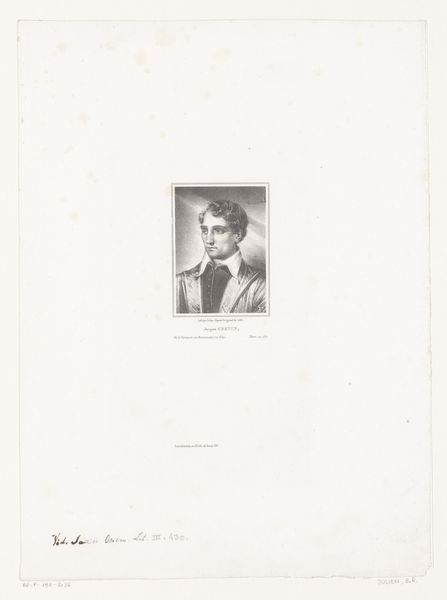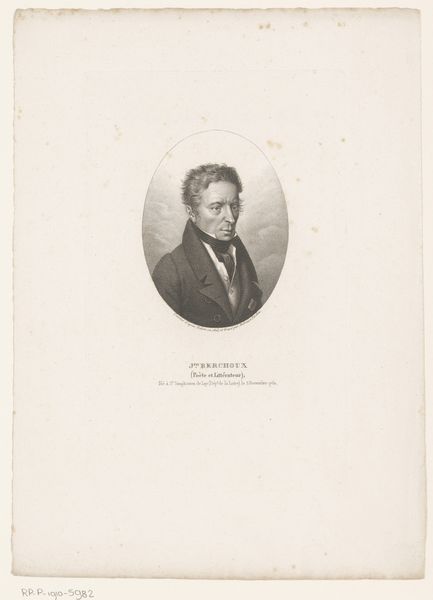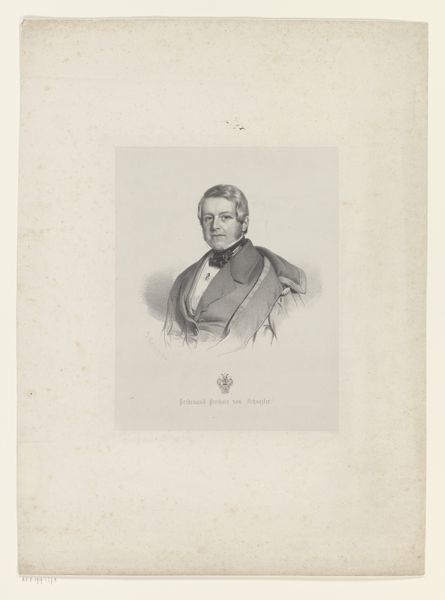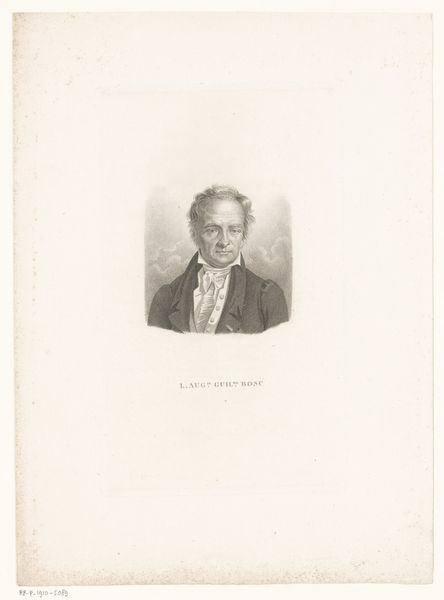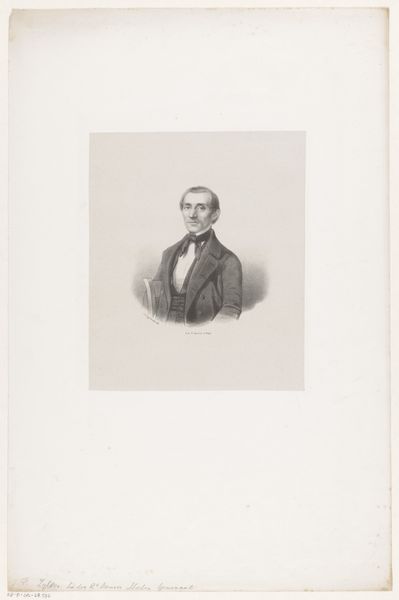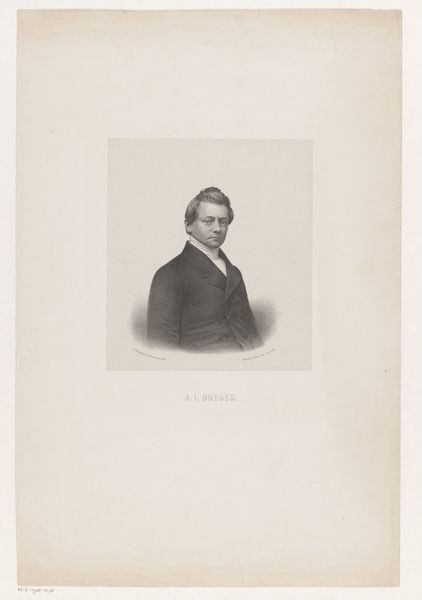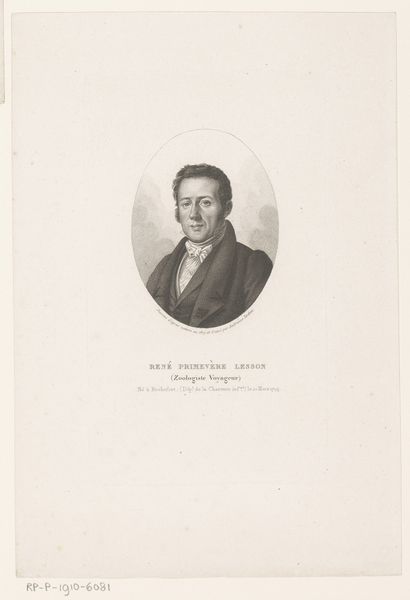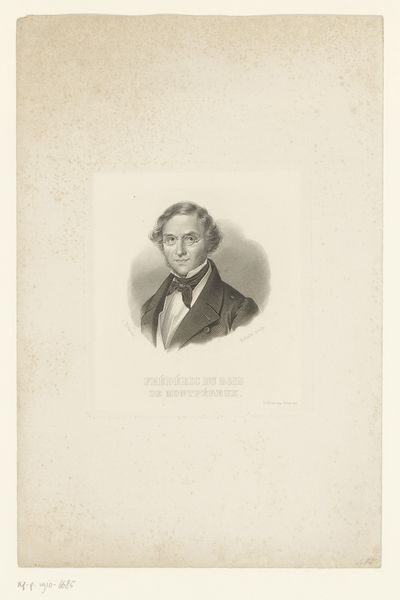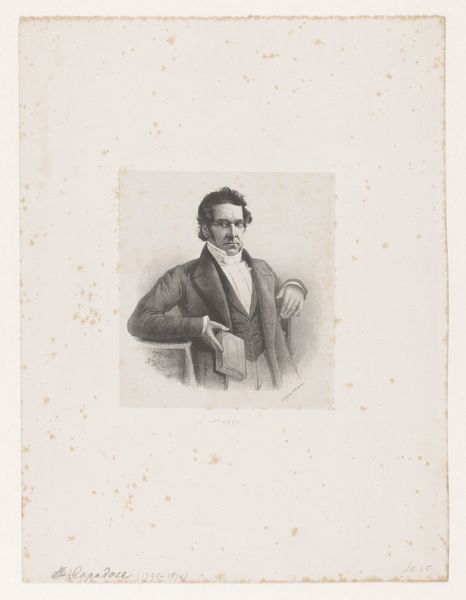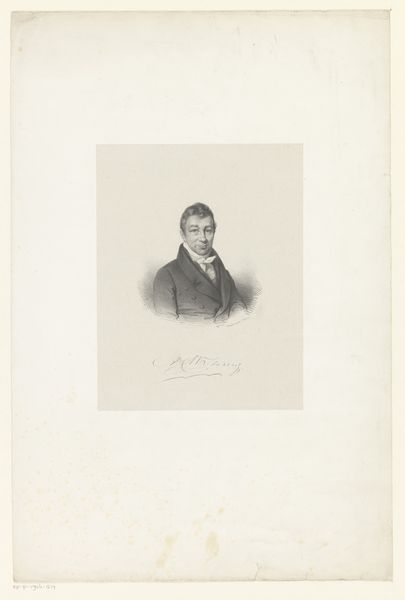
Portret van Karel Lodewijk Johan, aartshertog van Oostenrijk 1830 - 1856
0:00
0:00
antoinemaurin
Rijksmuseum
print, engraving
#
portrait
#
neoclacissism
# print
#
pencil drawing
#
history-painting
#
engraving
#
realism
Dimensions: height 355 mm, width 251 mm
Copyright: Rijks Museum: Open Domain
Curator: Antoine Maurin's "Portret van Karel Lodewijk Johan, aartshertog van Oostenrijk," dating from 1830 to 1856, a print held here at the Rijksmuseum. Editor: Stark, isn’t it? A bit severe, that contrast of the sharp lines against such a vast white expanse. He's radiating an austere kind of energy. Curator: Well, consider that it's an engraving. The printmaking process demands a very deliberate, controlled hand. Each line is etched, a direct consequence of labor and material interacting. And remember the political climate – images of nobility like this were about constructing and conveying authority, class. Editor: Authority for sure. I find it fascinating how the light catches the metallic sheen of his medals. Do you think the austere atmosphere suits a painting documenting history? The work has a sort of narrative seriousness that would be undone with colour, perhaps. Curator: The distribution and consumption of printed images like this were critical to solidifying that narrative, influencing public perception of figures like Archduke Charles. The production is as much part of that construction of authority as his actual rank. Editor: It makes you wonder about the original sitting. How posed, how still, the Archduke had to be. Was there any air of spontaneity? And what was Maurin's perspective in all this? Was he merely documenting an aristocrat for societal needs? Or did they develop an intimate artist-sitter relationship? Was it simply churning them out in a factory and being consumed just like so many potatoes? Curator: These prints had very practical function. Consider the role printmaking played in disseminating images during that period. These images acted like proto-photographs for mass consumption and display, but with that all-important mark of artistic approval! The material process influenced how widely that message reached people. Editor: Right, an original for the masses! I suppose looking at this image I feel like there’s something powerful in stripping away the colour, leaving only this essential, uncompromising representation of power. Almost makes it... timeless. Curator: Exactly! The piece invites a dialogue between the technology of image production, the cultural forces shaping representation, and their accessibility. It’s a perfect case study for understanding art's role in reinforcing and sometimes even contesting, social hierarchies. Editor: Ultimately, it’s left me intrigued, considering what a complex network is actually laid bare in the work - more than just a pretty portrait of the Archduke!
Comments
No comments
Be the first to comment and join the conversation on the ultimate creative platform.


